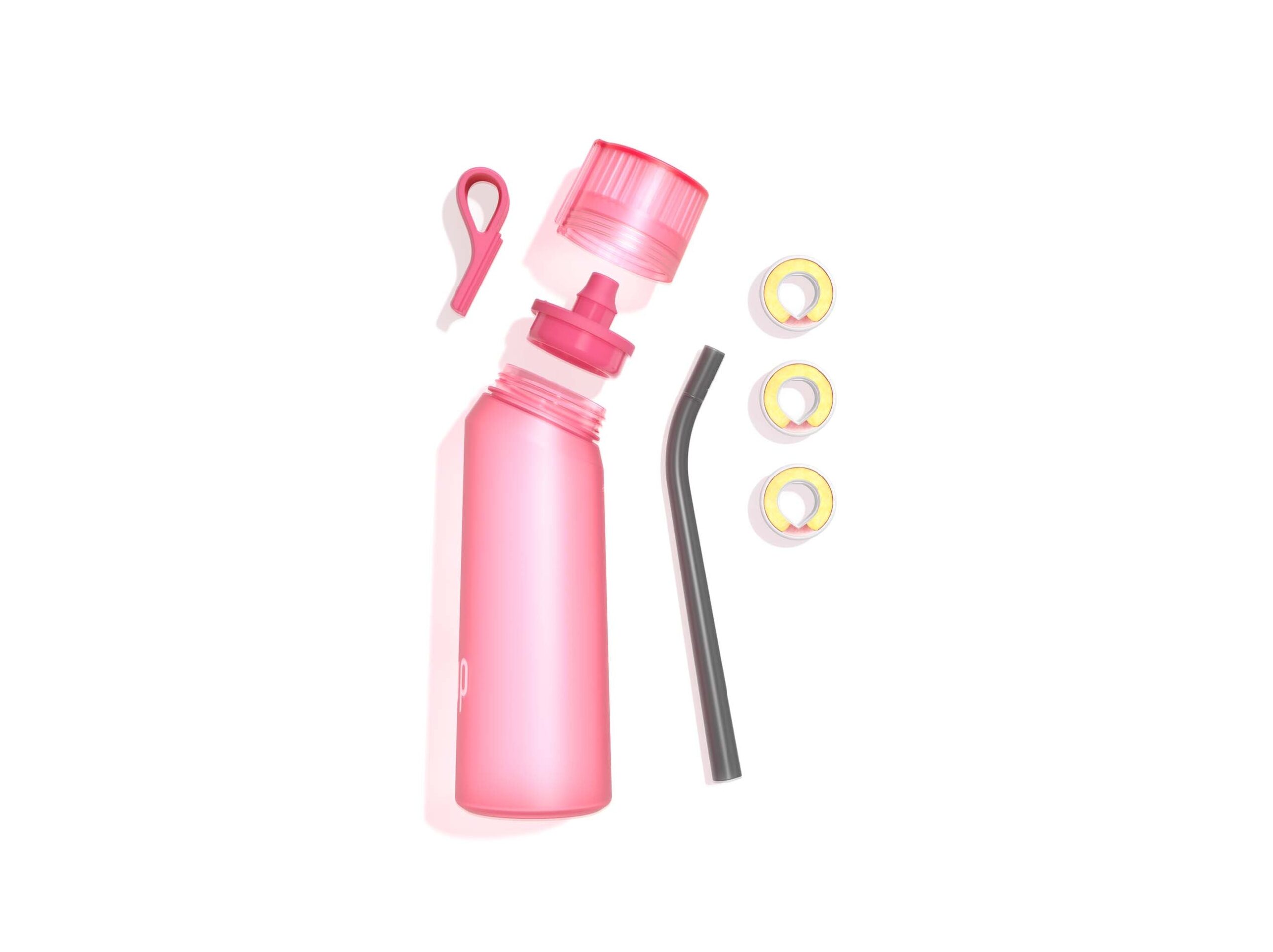Tastebud trickery: The SMELL based technology that helps you drink more water

air up is a world first in food technology and utilises retronasal smell to provide a zero-calorie, zero sugar, zero additive way to drink 100% pure water which tastes flavoured. The unique bottle which tricks your brain into thinking you’re drinking flavoured water (through your sense of smell) has emerged as one of the most exciting consumer brands across Europe and the US in the space of just two years, and could provide a lifeline to the 45% of Brits who only drink one glass of water per day.
As new national research from the hydration innovators has shown that during the winter months in particular, 14.5 million Brits admit that their water consumption halving as they turn to hot beverages. The implications of this mean that Brits leave themselves vulnerable to a deterioration of their skin health in colder temperatures, along with helping to stabilise weight gain.
Key Stats:
29% of Brits (14.5 million) reduce their water consumption by half as they(we) turn to hot beverages like tea and coffee this winter season
11% of Brits (5.6 million) don’t know that water helps their skin stay healthy throughout the winter months
25% of Brits (12.6 million) don’t know that a healthy water intake helps stave off winter weight gain
To inspire those who struggle to reach their recommended daily intake of water, air up is a world first in food technology that utilises retronasal smell to provide a zero calorie, zero sugar, zero additive way to drink 100% pure water which tastes flavoured.
What is retronasal smell?
Studies have shown that up to 80% of the flavour we perceive comes from smell, not taste, which is why the smell of food is so linked to appetite and why people hold their nose when they eat or drink something unpleasant. When we eat or drink, flavour filled air rises up to our nose and takes our senses beyond the five basic tastes of sweet, sour, bitter, salty and umami.
So how does air up work?
air up harnesses this clever bit of science by infusing flavoured air into every sip of water from the bottle. One of 14 different flavours will be added in bubbles every time you drink and it is this that will give your 100% pure water its flavour. Each pod contains natural flavourings and scents that infuse with ambient air to be added to the pure water, these flavours range from Lime and Orange-Passionfruit to Cola and Iced Coffee with ten others in between.
Who came up with this amazing idea?
The first prototype for air up was developed by Lena Jüngst and Tim Jäger in 2016 and spent three years in development, including a Master’s thesis on aromas, to combine innovative design and the neuroscience behind the idea and turn it into a real product. Since then, air up has successfully launched in Germany, France, Belgium, Switzerland, Austria and the Netherlands, with more than half a million customers already. Now Lena and the team are bringing this innovative way to drink water to the UK.
Where can I buy one?
air up’s reusable water bottles and flavour pods are available from their website, priced at £29.95 to £34.95 depending on the colour of the bottle. Each additional pack of three pods (flavouring a minimum of 15 litres of water) then costs between £5.95 to £8.95, depending on the flavour.






